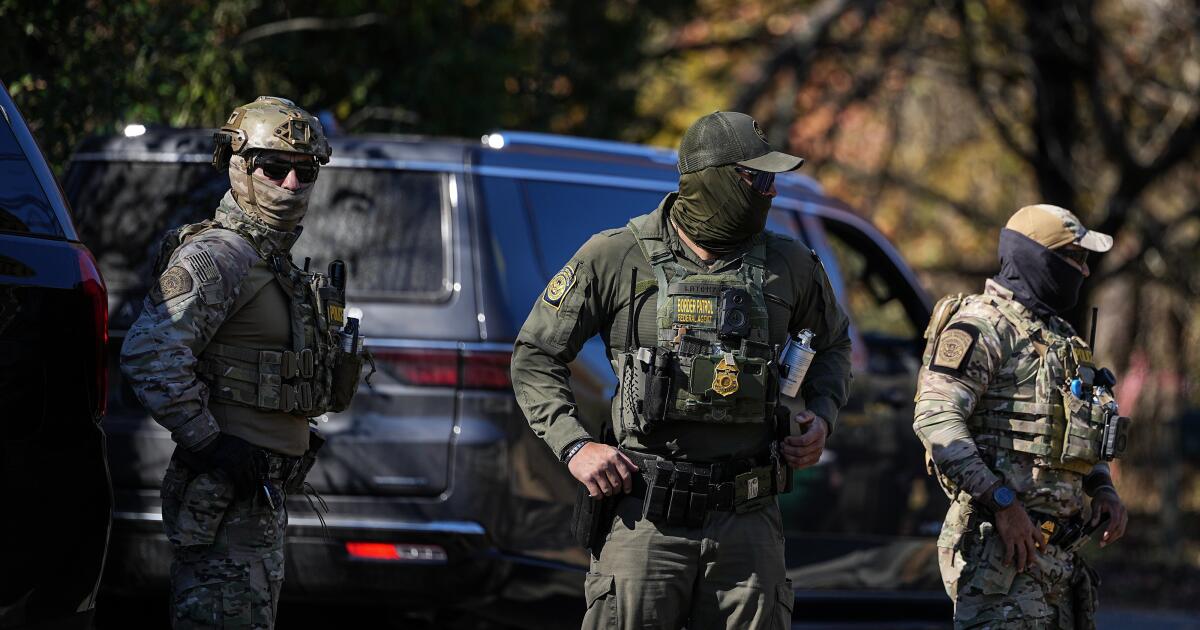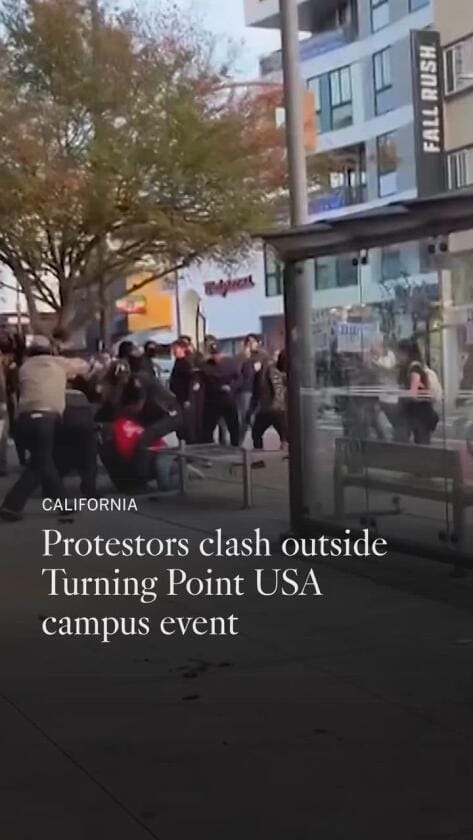A federal immigration crackdown is coming to New Orleans. Here’s what to know
NEW ORLEANS — About 250 federal border agents are expected to launch a months-long immigration crackdown Monday in southeast Louisiana and into Mississippi.
The operation dubbed “Swamp Sweep,” which aims to arrest 5,000 people, is centered in liberal New Orleans and is the latest federal immigration enforcement operation to target a Democratic-run city as President Trump’s administration pursues its mass deportation agenda.
Border Patrol commander Gregory Bovino, who has led aggressive operations in Chicago, Los Angeles and Charlotte, N.C., is expected to lead the campaign.
Many in the greater New Orleans area, particularly in Latino communities, have been on edge since the planned operations were reported this month. Republican Gov. Jeff Landry said he welcomes the federal agents.
Here’s what to know:
Border Patrol tactics criticized
Bovino has become the Trump administration’s go-to operative for leading large-scale, high-profile immigration enforcement campaigns. During his operation in Chicago, federal agents rappelled from a helicopter into an apartment complex and fired pepper balls and tear gas at protesters.
Federal agents arrested more than 3,200 immigrants during a surge in the Chicago area in recent months, but have not provided many details. Court documents on roughly 600 recent arrests showed that only a few of those arrested had criminal records representing a “high public safety risk,” according to federal government data.
The Border Patrol, which does not typically operate in dense urban areas or in situations with protesters, has been accused of heavy-handed tactics, prompting several lawsuits. A federal judge in Chicago this month accused Bovino of lying and rebuked him for deploying chemical irritants against protesters.
Bovino has doubled down on the efficacy of his agency’s operations.
“We’re finding and arresting illegal aliens, making these communities safer for the Americans who live there,” he said in a post on X.
Louisiana’s strict enforcement laws
The Department of Justice has accused New Orleans of undermining federal immigration enforcement and included it on a list of 18 so-called sanctuary cities. The city’s jail, which has been under long-standing oversight from a federal judge, does not cooperate with U.S. Immigration and Customs Enforcement under most circumstances, and its Police Department views immigration enforcement as a civil matter outside its jurisdiction.
Louisiana’s Republican-dominated Legislature, however, has passed laws to compel New Orleans agencies to align with the Trump administration’s hard-line immigration stance.
One such law makes it a crime to “knowingly” do something intended to “hinder, delay, prevent, or otherwise interfere with or thwart” federal immigration enforcement efforts. Anyone who violates the law could face fines and up to a year of jail time.
Additionally, lawmakers expanded the crime of malfeasance in office, which is punishable by up to 10 years in jail, for government officials who refuse to comply with requests from agencies like ICE. It also prohibits police and judges from releasing from their custody anyone who “illegally entered” the U.S. “or unlawfully remained” here without providing advance notice to ICE.
New Orleans braces
In and around New Orleans, some immigration lawyers say they have been inundated with calls from people trying to prepare for the upcoming operation. One attorney, Miguel Elias, says his firm is conducting many consultations virtually or by telephone because people are too afraid to come in person.
He likens the steps many in the immigrant community are taking to what people do to prepare for a hurricane — hunker down or evacuate. Families are stocking up on groceries and making arrangements for friends to take their children to school to limit how frequently they leave the house, he said.
In the days leading up to Border Patrol’s planned operations, businesses have posted signs barring federal agents from entry and grassroots advocacy groups have offered rights-related training and workshops on documenting the planned crackdown.
New Orleans is famous for its blend of cultures, but only around 6.7% of its population of nearly 400,000 is foreign-born, rising to almost 10% in neighboring metro areas. That’s still well below the national average of 14.3%, according to U.S. census data.
The Latino population ballooned during rebuilding efforts after Hurricane Katrina in 2005 and now makes up around 14% of the city , according to figures compiled by the New Orleans-based Data Center.
The Pew Research Center estimates 110,000 immigrants who lack permanent legal status were living in Louisiana as of 2023, constituting approximately 2.4% of the state’s population. Most of them are from Honduras.
Amanda Toups, who owns the New Orleans Cajun restaurant Toups Meatery and runs a nonprofit to help feed neighbors in need, said she expects the federal operations will hurt the city’s tourism-dependent economy, which supports the rest of Louisiana.
“If you’re scaring off even 5% of tourism, that’s devastating,” she said. “You’re brown and walking around in town somewhere and you could get tackled by ICE and you’re an American citizen? Does that make you want to travel to New Orleans?”
Brook, Santana and Cline write for the Associated Press and reported from New Orleans, Washington and Baton Rouge, La., respectively.

